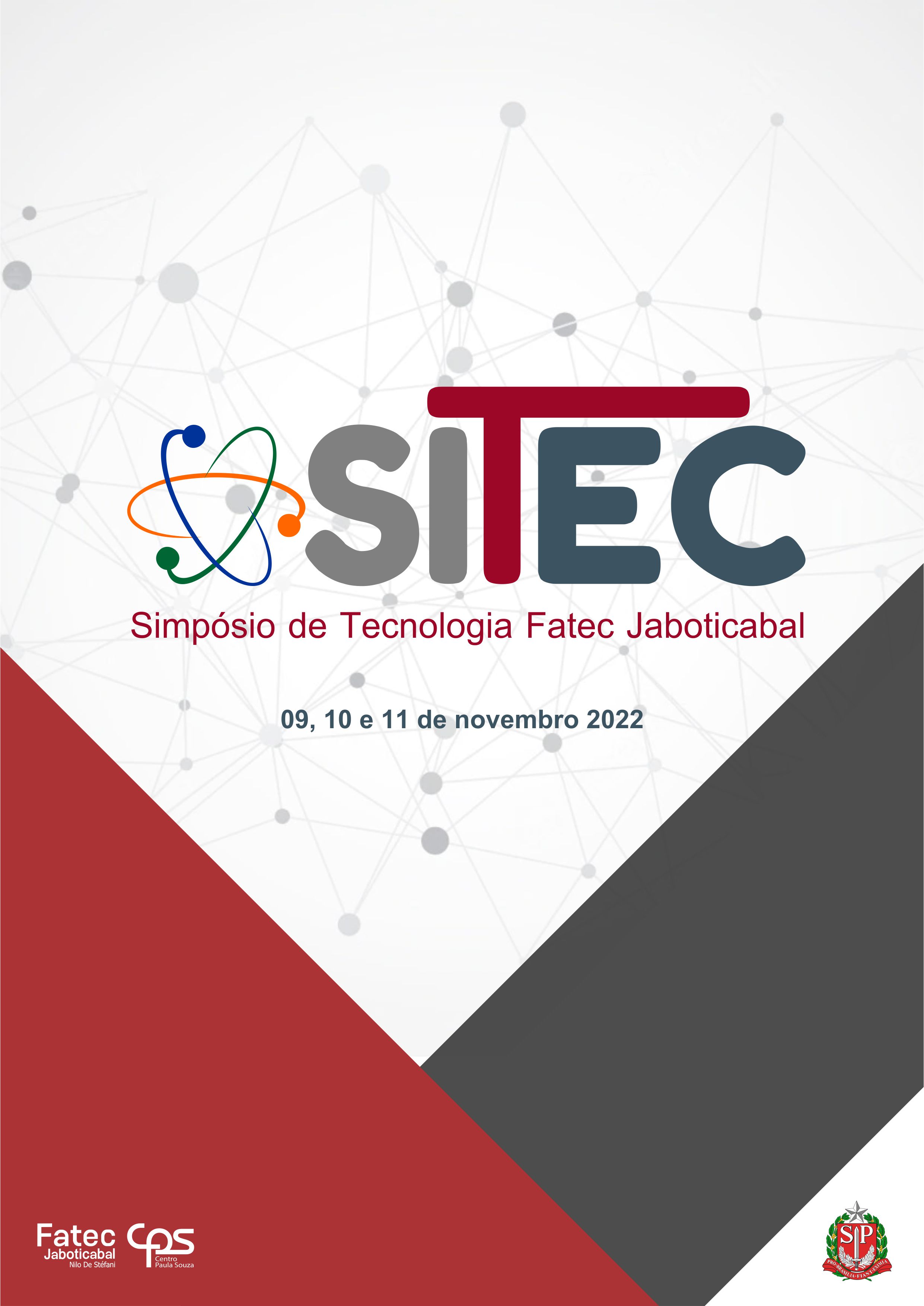AÇÃO ANTIMICROBIANA DE EXRATO COMERCIAL NO PROCESSO DE FERMENTAÇÃO
DOI:
https://doi.org/10.52138/sitec.v12i1.233Palavras-chave:
Quebra pedra. Controle. Contaminação.Resumo
O etanol é um combustível alternativo e renovável produzido a partir da fermentação da sacarose encontrada na cana-de-açúcar. Apesar da aplicação de técnicas de esterilização a contaminação por microrganismos indesejáveis pode acontecer no processo fermentativo. o que pode acarretar baixa produtividade e a diminuição da qualidade do produto. A indústria como forma de controlar essa contaminação faz uso de antibióticos, porém esses deixam resíduos dentro das células de levedura o que impossibilita sua venda posterior e seu uso na alimentação animal. dado a importância na indústria de se encontrar um agente com ação antimicrobiana adequada, o presente trabalho visa contribuir com os conhecimentos em busca de agente antimicrobiano comercial com extrato vegetal que seja eficiente e eficaz. O objetivo do trabalho através de revisão bibliográfica e testes laboratoriais foi avaliar a possível ação antimicrobiana do extrato de quebra-pedra como alternativa no controle de infecção no processo de fermentação. visto que o quebra-pedra é eficiente para tratar infecções bacterianas em humanos faz com que o trabalho questione se o extrato de quebra-pedra terá o mesmo benefício para a indústria. após análise de solubilidade o presente estudo concluiu que o uso do extrato de quebra-pedra em forma seca encapsulada é inviável para a indústria por ser praticamente insolúvel e não permitir a verificação da ação antimicrobiana.
Referências
ANVISA - Agência Nacional de Vigilância Sanitária. Farmacopeia Brasileira, 5a edição, v. 2, p. 1-523, 2010.
BONA, E. A. M. D.; PINTO, F. G. D. S.; FRUET, T. K.; JORGE, T. C. M.; MOURA, A. C. D. Comparação de métodos para avaliação da atividade antimicrobiana e determinação da concentração inibitória mínima (cim) de extratos vegetais aquosos e etanólicos. Arquivos do Instituto Biológico, v. 81, n. 3, p. 218-225, 2014.
BACELAR, Thais Siqueira. Identificação de flavonoides e taninos em plantas medicinais pertencente a lista estadual de plantas medicinais comercializadas em um mercado público em Fortaleza-CE. 2020. Trabalho de Conclusão de curso (Farmácia) – Centro Universitário Fametro, Unifametro, Fortaleza, 2020.
BAGALKOTKAR, G.; SAGINEEDU, S. R.; SAAD M. S.; STANSLAS J. Phytochemicals from Phyllanthus niruri Linn. and their pharmacological properties: a review. Journal of Pharmacy and Pharmacology, v. 58, p. 1559- 1570, 2006.
CARVALHO, Arlindo José Lima de. Produção de bioetanol e controle microbiológico do processo. Microbiologia: clínica, ambiental e alimentos. Ponta Grossa - PR: Atena, 2021.
CHANDANA G, Manasa R, Vishwanath S, Naik R S, Mahesh MS. Antimicrobial activity of Phyllanthus niruri (Chanka piedra). IP J Nutr Metab Health Sci 2020;3(4):103-108.
OSTROSKY, E. A.; Mizumoto, M. K.; Lima, M. E.; Kaneko, T. M.; Nishikawa, S. O.; Freitas, B. R. Métodos para avaliação da atividade antimicrobiana e determinação da concentração mínima inibitória (CMI) de plantas medicinais. Revista Brasileira de Farmacognosia, v. 18, n. 2, p. 301-307, 2008.Disponível em: http://www.saudedia.com.br/os-beneficios-do-cha-quebra-pedra-para-saude/ Acesso: 28 maio 2022.
SILVA, D. M. Efeito de extratos vegetais e antibióticos sobre Staphylococcus aureus de origem bovina. 2012. 45p. Dissertação (Mestrado em Bioquímica Agrícola), Universidade Federal de Viçosa, Minas Gerais, 2012.
VIÉGAS, Ellen Karine Diniz. Propriedade antibacteriana da própolis verde sobre bactérias contaminantes da fermentação etanólica.2011. Dissertação (Mestrado)-- Escola Superior de agricultura "Luiz de Queiroz", Piracicaba. 2011.
Downloads
Publicado
Edição
Seção
Licença
Copyright (c) 2023 Ciência & Tecnologia

Este trabalho está licenciado sob uma licença Creative Commons Attribution 4.0 International License.


